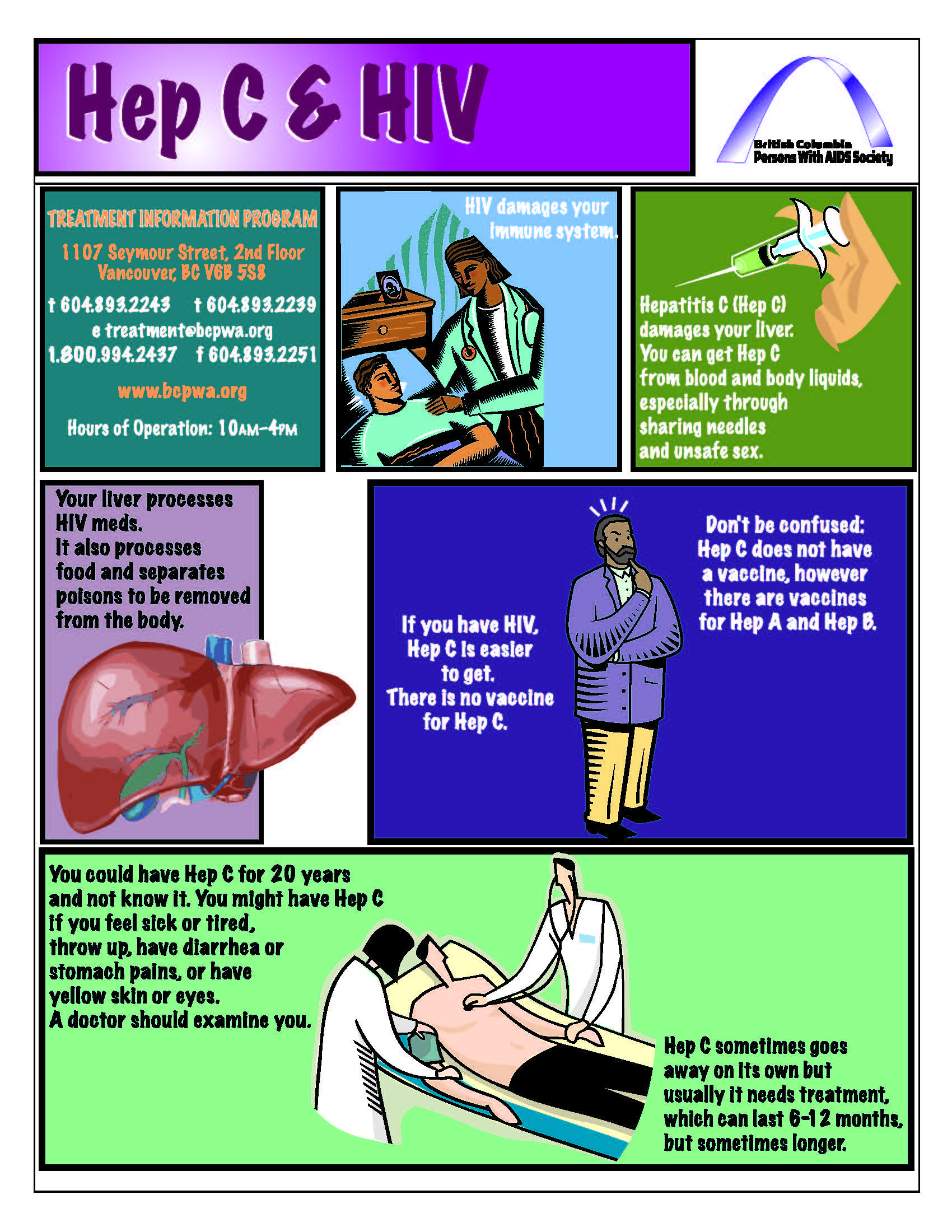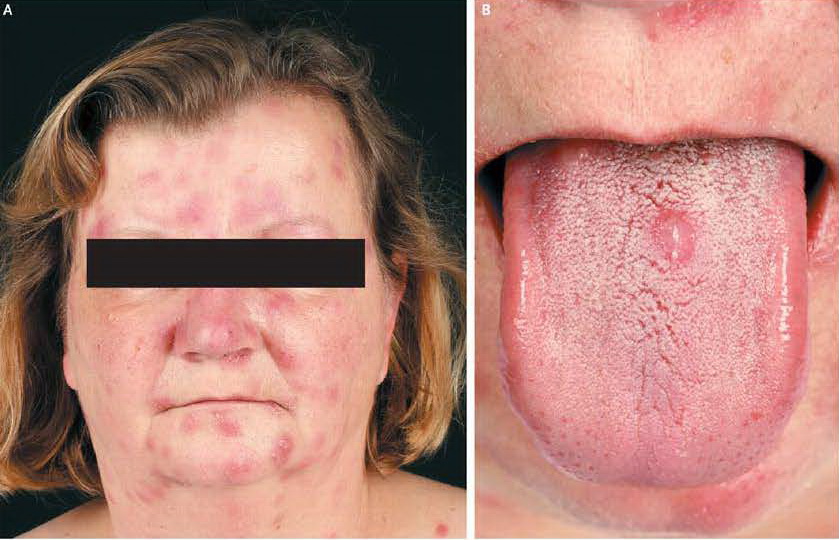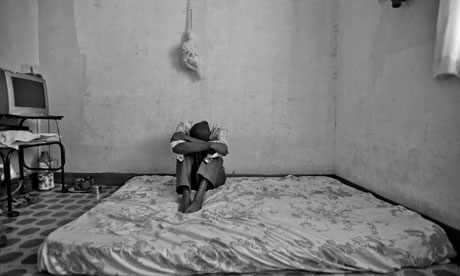A Toronto lawyer believes a new law for HIV patients isn’t fair for Canadians, and leads to more questions than answers.
Ryan Peck, executive director of the HIV and AIDS Legal Clinic Ontario (HALCO), was in Barrie recently to discuss the law.
On October 5, 2012, the Supreme Court of Canada ruled a person with HIV doesn’t have to tell a sexual partner, as long as both a condom is used and medication is taken for the disease.
“Some people call this the ‘belts and suspenders’ approach,” said Peck.
Prior to October, the law had an informal either/or approach, said Peck.
Now the court has muddied the water and has left HIV patients nervous, said Peck.
“There should not be a duty to disclose when there is an undetectable viral load,” he said. “People should not go to jail.”
HIV is effectively the only disease with criminal law consequences, said Peck.
In Canada, approximately 70,000 people live with HIV and Canada is a world leader for prosecutions, with at least 150 on the books.
“HIV is radically different than it was 10 years ago. It’s a chronic illness, but it’s manageable if a person has access to meds,” said Peck.
“It’s harder to transmit than people suppose.”
For those who are maliciously trying to infect others with HIV, then of course the justice system should intervene, he said.
“This is not about giving people with HIV a free pass to rape – we’re not talking about that,” said Peck.
Most HIV patients actually want to protect their sexual partners, he said.
Not only doesn’t the new law address oral sex, it doesn’t say what happens if a condom breaks.
“Now people don’t know what kind of behaviour will land them in jail,” said Peck.
Peck’s talk, sponsored by the AIDS Committee of Simcoe County, comes as a local trial is playing out in the courts.
Jennifer Murphy is before the courts after being charged with aggravated sexual assault in 2011.
It is alleged she engaged in oral sex and intercourse and didn’t reveal her HIV-positive status.
Her Superior court trial is set for the end of June.
In 2005, she pleaded guilty to aggravated sexual assault for engaging in sexual intercourse and oral sex with two men at Canadian Forces Base Borden. She was sentenced to a year of house arrest and a three-year probation.
In 2007, while living in St. John’s, Newfoundland, Murphy was again charged with aggravated sexual assault, but the charges were withdrawn.









